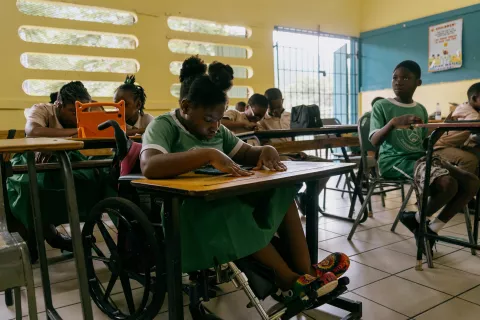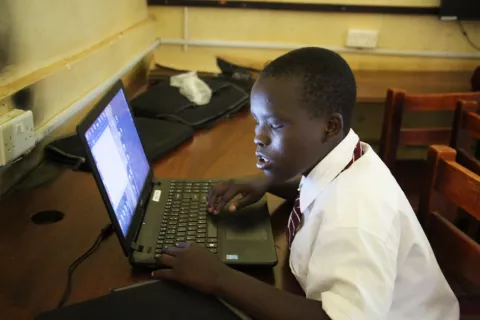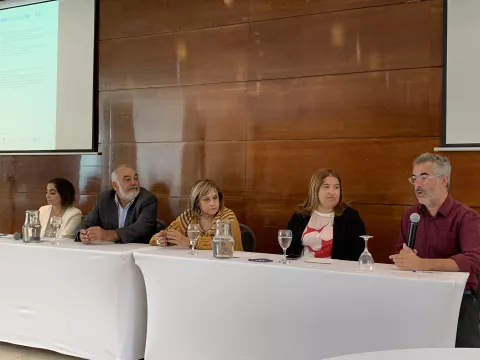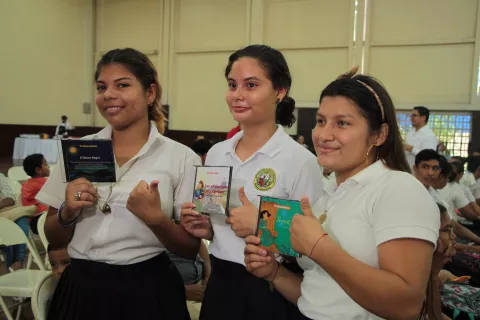Accessible Digital Textbooks Case Study for Kenya, Rwanda and Uganda
ADT Case Study

About
It is well recognized and documented that access to quality education enhances girls’ and boys’ potential for social and economic security as well as reduces poverty. Creating inclusive schools that lead to learning is the fundamental challenge for education systems in the Eastern and Southern Africa region. Inclusive education refers to a wide range of strategies, activities and processes to make a reality of the universal right to quality, relevant and appropriate education. To address the challenge of realizing meaningful learning experiences for all children in inclusive education settings, assistive technology is crucial in addition to accessible infrastructure, trained teachers and disability friendly school environment.
The global Accessible Digital Textbooks (ADT) initiative, funded by UNPRPD was implemented in Kenya, Rwanda and Uganda by ministries of education and partners with support from UNESCO and UNICEF from May 29, 2019 to April 30, 2022, and building on Uganda’s earlier pilot on provision of learning materials for learners with visual and hearing impairments implemented from October 2014 to June 2019. Accessible digital textbooks that are developed using Universal Design for Learning (UDL) principles support different learning styles hence can be used in inclusive education classrooms by learners with and without disabilities. Grounded on the UNCRPD and Marrakesh Treaty and with the aim to leave no child behind in learning, the initiative was designed to enhance partnership between designers of curricula, OPDs, teachers, publishers and parents.
Kenya, Rwanda and Uganda developed ADTs by adapting the identified components of the primary school curriculum into accessible formats. These ADTs were then loaded onto available devices – tablets, laptops and respective country “education clouds” for use by learners in classrooms. Teachers were also trained on the use of ADT/AT/UDL for effective pedagogy. Awareness raising, advocacy and capacity building on key global instruments particularly the UNCRPD and Marrakesh Treaty for ratification and domestication were also conducted. Guidance documents were also generated: on the use of sign language in ADT development; and on procurement of ICT equipment for Persons with Disabilities in Rwanda. This case study draws from country implementation experiences as well as stakeholders’ experiences and lessons learned during the life of project. Using the 7 key strategies for building an effective ADT ecosystem, the case study highlights important processes that can be emulated as countries strive to achieve effective learning for all learners in inclusive education settings.




